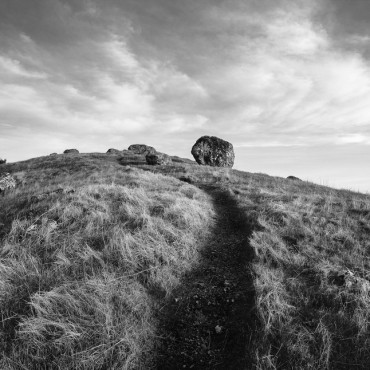photo credit Todd Pickering
Where do I begin?
That is the question donors and activists often ask when confronted with huge, complex, seemingly intractable challenges that, are referred to as “Big Cube” issues or “Wicked Problems.” The main examples cited are climate change and nuclear proliferation, with water, pandemics, and the conflict in the Middle East not far behind. Both the nature of and the solution to these problems are positioned far along three axes: length of time; size of population affected; degree of risk in achieving success. In other words, solving a problem such as climate change might take decades, will involve vast amounts of stakeholders and resources, and could potentially fail.
Why then, think most donors, don’t I just slap my name on a museum gallery and call it a day? At least I’ll know that my dollars were deployed successfully, that some amount of people are enjoying the experience, and we’ll be done in a year or two.
Fair enough. But then we ask ourselves, What is the true cost of failing to solve large scale, life-threatening, potentially irreversible occurrences such as climate change or a nuclear event? Given the fact that our political leadership tends to be more focused on issues where success can be measured in the two, four, or six year terms between elections, philanthropy and activism can play a critical role in setting long term goals to solve high stakes problems – hopefully creatively and strategically with a good balance of ambition and humility. At Caldera, we believe there is an important part to be played by philanthropy writ large and small in order to achieve the tipping point toward success. Take, for example, the abolition of slavery that took the better part of a century in the United States – an effort composed of myriad players, from religious leaders and orators, from visionaries and housewives, from economic interest and political opportunism, from an enlightened president and a clever novelist, from former slaves and the enslaved themselves.
We don’t have a century to tackle the problem of climate change. It is a daunting problem involving all the systems of our globe and requiring will and effort and resources with no guarantee of success. Wicked, indeed. But we feel that this is the time for all oars in the water as each of us deploys whatever capital is available to us: financial, intellectual, and social. No one individual or foundation or even government will solve the dilemma, but if we think about how our contribution might lead to greater involvement or a more effective integration of efforts, we may achieve the incremental successes needed to realize a cleaner, safer, more sustainable world. That is the aim of the Caldera Foundation: to indentify the gaps and the opportunities to seed, connect and build upon a variety of strategies, whether they be in the realm of communication, policy, economics, or education. By focusing on air, land, water, energy, and people, we hope to increase our engagement and expertise and to share our learning with others.



